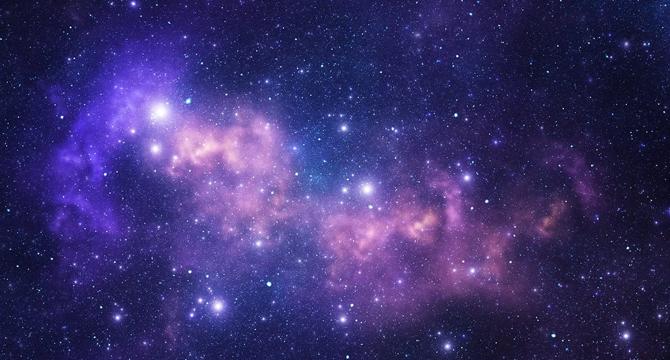Physicsworld
1w
71

Image Credit: Physicsworld
Periodic changes in celestial bodies give away the galaxy’s secrets
- Periodic changes in celestial bodies provide astronomers with valuable insights into the universe, such as identifying binary systems or planets through variations in brightness.
- Astronomers study sporadic alterations to understand planet formation and the solar system's evolution, utilizing statistical methods to analyze irregular observations.
- Mathematical statisticians from North Carolina State University compared four methods for analyzing periodic changes, offering recommendations and limitations to guide observation astronomers.
- The study's findings will aid astronomers in effectively assessing and understanding celestial bodies' periodic changes, contributing to a deeper comprehension of the galaxy's mysteries.
Read Full Article
4 Likes
For uninterrupted reading, download the app